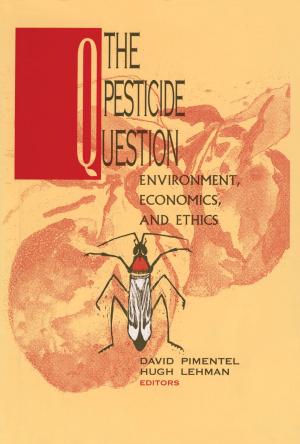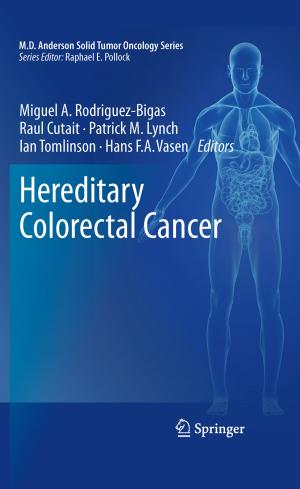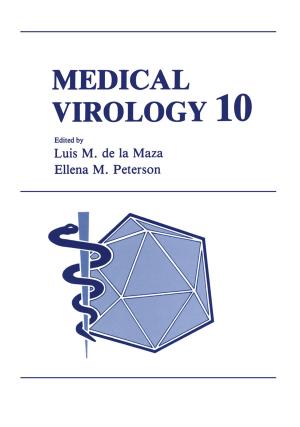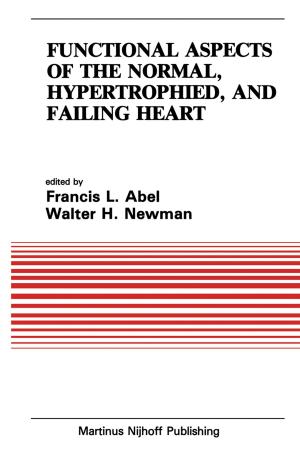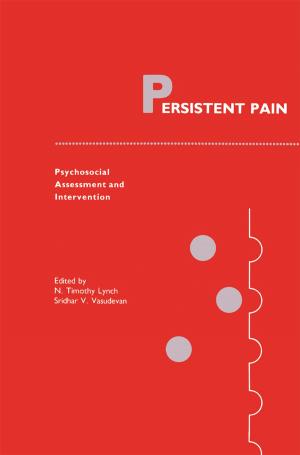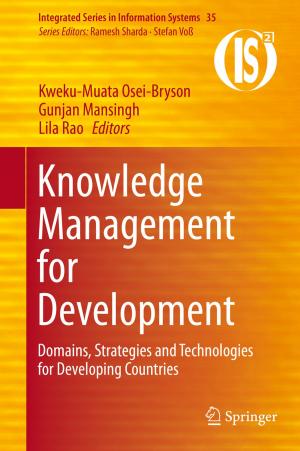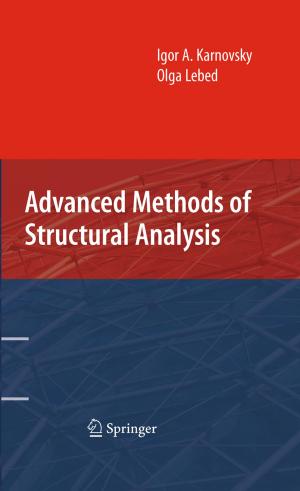Good Cascade Impactor Practices, AIM and EDA for Orally Inhaled Products
Nonfiction, Health & Well Being, Medical, Specialties, Pharmacy, Science & Nature, Technology| Author: | ISBN: | 9781461462965 | |
| Publisher: | Springer US | Publication: | April 10, 2013 |
| Imprint: | Springer | Language: | English |
| Author: | |
| ISBN: | 9781461462965 |
| Publisher: | Springer US |
| Publication: | April 10, 2013 |
| Imprint: | Springer |
| Language: | English |
The purpose of this publication is to introduce a new, simpler and more effective way in which to interpret pharmaceutical aerosol particle size data from orally inhaled products (OIPs). Currently, the compendial and regulatory requirements dictate the need for measurements by full resolution multi-stage cascade impactor (CI), a process that is demanding for the operator, time consuming, prone to experimental error, and challenging for method transfers from one laboratory to another. Furthermore, we shall show that the current practice of reducing information from mass-weighted aerodynamic particle size distribution (APSD) measurements through the use of CI stage groupings is not the most effective decision-making tool for OIP quality control (QC) in comparison with newly introduced, mutually-independent efficient data analysis (EDA) metrics that can be derived either from full resolution or abbreviated impactor measurements (AIM).
The purpose of this publication is to introduce a new, simpler and more effective way in which to interpret pharmaceutical aerosol particle size data from orally inhaled products (OIPs). Currently, the compendial and regulatory requirements dictate the need for measurements by full resolution multi-stage cascade impactor (CI), a process that is demanding for the operator, time consuming, prone to experimental error, and challenging for method transfers from one laboratory to another. Furthermore, we shall show that the current practice of reducing information from mass-weighted aerodynamic particle size distribution (APSD) measurements through the use of CI stage groupings is not the most effective decision-making tool for OIP quality control (QC) in comparison with newly introduced, mutually-independent efficient data analysis (EDA) metrics that can be derived either from full resolution or abbreviated impactor measurements (AIM).


